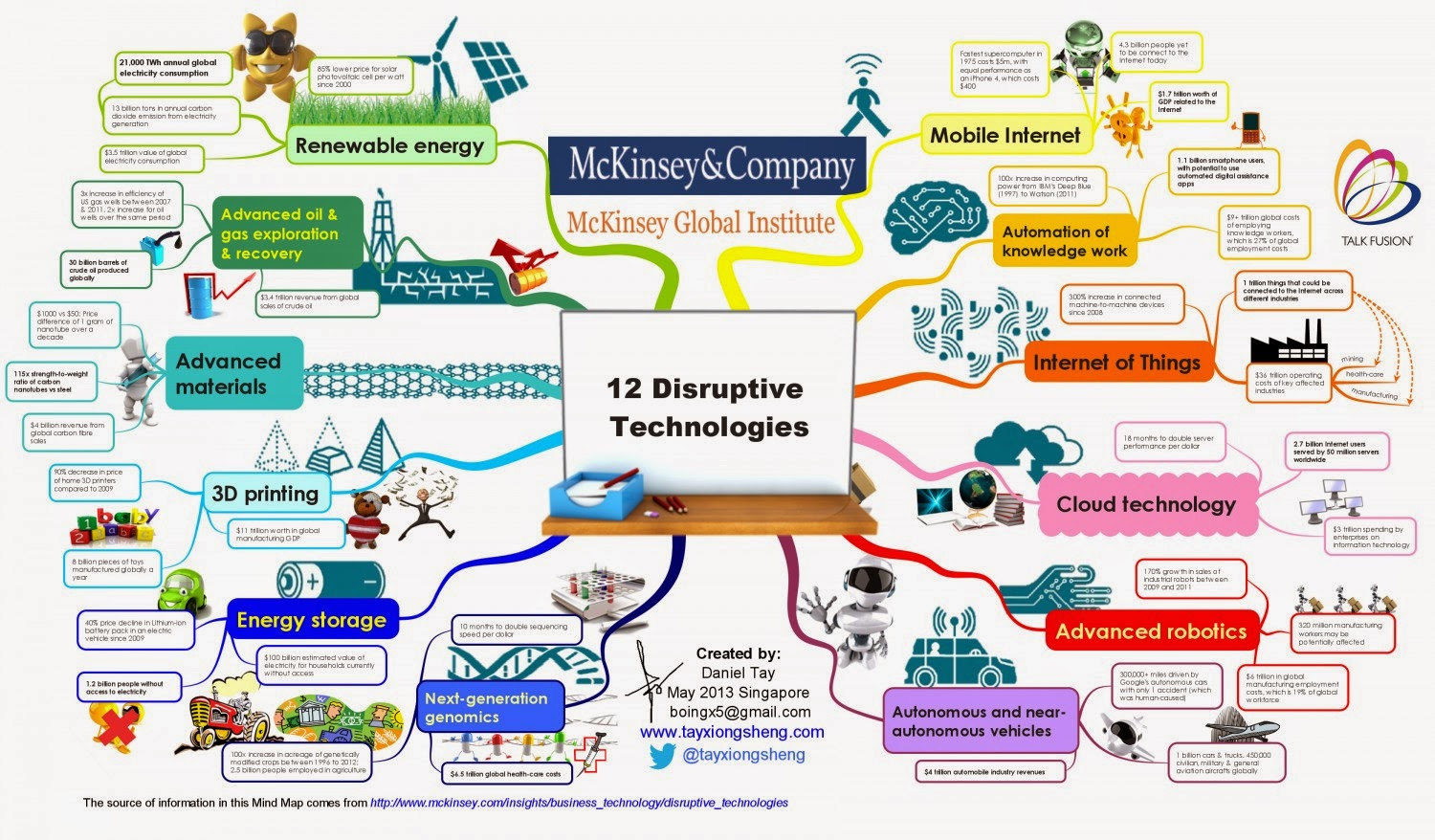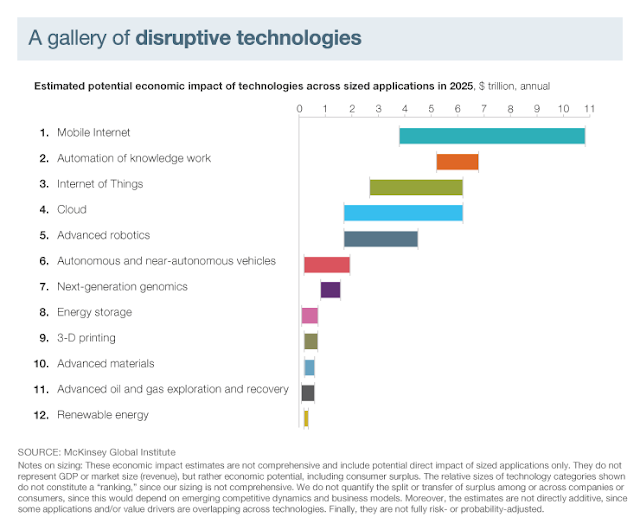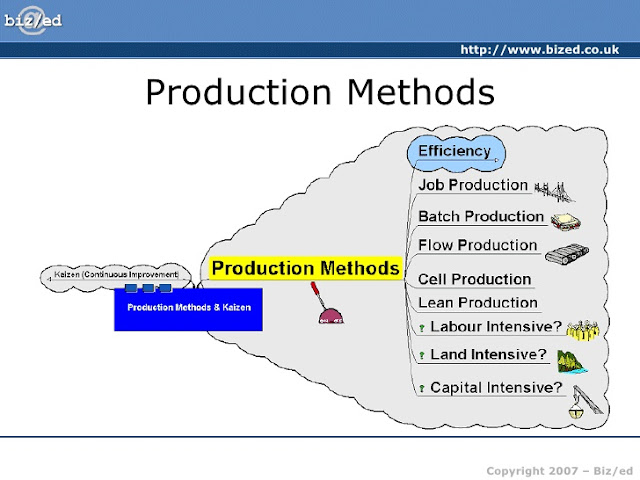An executive partner at Flagship Pioneering discusses what’s next for the industry, disruptive technologies, and patient care.
David Epstein is an executive partner at Flagship Pioneering and chairman of the board of Rubius Therapeutics. Martin Dewhurst is a senior partner in McKinsey’s London office.
What’s next for the pharmaceuticals industry, amid digital disruption and rapid technological advances? McKinsey’s Martin Dewhurst sat down for a wide-ranging conversation with David Epstein of venture firm Flagship Pioneering to explore ways the sector could shift in coming years. In this interview, part of our Biopharma Frontiers series on how the pharmaceutical industry is evolving and how leaders can adapt, Epstein discusses the next horizon of innovation, critical elements of an effective business, and the kind of culture he tries to foster. An edited transcript of their conversation follows.
McKinsey: How do you see the pharmaceutical industry evolving?
David Epstein: If our job is to help people live longer and better lives, as I believe it is, then we’ve never had a better understanding of biology or better tools to affect it than we do today. I’m excited about the possibility of addressing diseases in a much more targeted way, with fewer unwanted effects, and identifying the patients who are most likely to respond well to a given intervention and who will benefit most.
If we can avoid exposing people to side effects when they won’t get benefits from a given treatment, we can take some of the waste out of the healthcare system, not to mention patient discomfort. Studies show the system has enormous inefficiencies at every level, whether it’s in the use of drugs, the way hospitals are run, or how patients go from doctor to doctor. If we can figure out how to customize treatments by selecting the right therapy for individual patients or by combining therapy with
digital interventions, there is an opportunity to use the huge amount of money we spend on healthcare more efficiently—and to help make people healthier and happier in the process.
McKinsey: Do you think any of that will happen in the next three to five years?
David Epstein: I think it’s already starting on a small scale with targeted drug therapies, particularly in cancer and immunology. Take Gleevec and Herceptin: at first, few believed that targeted cancer therapy could have much impact, but after those two medicines came out, R&D dollars shifted to targeted treatments and spawned dozens of medications, some of which are true breakthroughs. The first generation of cellular therapies should come to market as early as the end of 2017. And diagnostic tests are increasing, too, with academic institutions and companies doing whole-genome screening.
An opportunity that will take longer to capture is remote monitoring, where patients are cared for in the comfort of their homes rather than in the doctor’s office or at the hospital. That might mean the doctor is seeing the patient via videoconferencing or the patient is wearing a patch to monitor some bodily function in real time. All that will happen, but it will be slow, because the system needs to adapt to address questions such as how you pay for it and how you build the infrastructure to get the quality of data you need.
McKinsey: Over the past decade, the excitement about the next horizon of innovation hasn’t been matched by the rate of delivery of new therapies. Why is that?
David Epstein: It’s always that way. Take antibodies. In the beginning, there was a lot of excitement about all the new druggable targets we were going to have and how they were going to change everything. Then there were one or two, and then nothing, and everybody thought that was it. The same goes for proteins. How many missteps have there been in gene therapy and cell therapy? It takes perseverance.
Most new approaches take more than ten years in our industry. When you see the idea at the beginning, you’re hoping it’s a year or two away, and then it doesn’t arrive. But scientists and companies are continuing to work on it in the meantime, and eventually there it is. If you watched Star Trek as a kid, think how long it took for many of those fictional devices to become real. It took decades after someone first dreamed them up, but now many of them are here in some form or other.
McKinsey: What about industry pipelines over the next five years? Do you think they are getting healthier?
David Epstein: They are much better in general. There are fewer me-too drugs. The challenge for many companies is that, because their top line hasn’t been growing, they can’t figure out how to fund everything in their early pipeline. That may create opportunities for spinout companies or other mechanisms to address the shortfall.
Increasingly more money has gone into venture capital over the past three or four years to capture the opportunity to find new therapeutics in previously dark spaces. In addition, the ability to take these companies public or address the need to supplement pharmaceutical-company pipelines has made the economics attractive. Attracting talent is now sometimes more rate limiting than the discovery and application of new biology and tools.
You also have to look at the external environment and think about what could go wrong. We should always worry when there’s political change. For instance, when payors—which is the government in most parts of the world—come under economic pressure, changes in legislation could disrupt the innovation process. If all of a sudden investors had no hope of being able to take their companies public and make a good return, that money would dry up, as would innovation. If pharma companies saw prices fall so far that their margins came under huge pressure, they would cut costs and reduce R&D as well as other spending. Eventually there would be an industry shakeout, and it would correct itself, but you’d have several years or longer where things slowed down or paused, and that’s an ongoing risk.
Last but not least, what’s fundamental in our industry is intellectual property [IP]. It comes under attack from time to time. If IP were not to hold, it could change everything and reduce all incentives that spur research and development, and therefore reduce progress.
McKinsey: Let’s discuss innovation. Which areas strike you as having the biggest potential?
David Epstein: There are many fertile areas as well as new tools to find new targets. I think we are going to see a series of products addressing liver disease, an area where not much has been available. And right now, the industry is spending a lot of energy and time on degenerative diseases of the brain such as Alzheimer’s. The problem is that we still don’t fully understand the biology of how the mind works or degenerates. If we did, we’d have many additional opportunities to create new interventions. And of course, oncology and autoimmune disease offer a rich opportunity. Thankfully, companies are now beginning to reengage in antibacterial research as well.
On top of that, I think cellular therapies will allow us to treat genetic diseases such as sickle-cell disease, thalassemia, and hematologic cancers. These are all near-term opportunities.
Then there’s all the excitement about the microbiome and its role in human health. We have more to learn, but it could give us a host of new ways to attack disease or identify new targets for small molecules. In two or three years, there will be breakthroughs not just in obvious areas, such as gastrointestinal disease, but around the connection between the mind and the gut, and between heart disease and the gut. Over time, these things will be elucidated, and new approaches will be developed. One day, we may be able to manage the microbiome in a prophylactic way by, say, modifying certain bacteria and giving it to people to prevent arthritis or depression.
McKinsey: That’s the science part, but what about technology innovation? Where do you see digital taking the medical field?
David Epstein: I believe there’s enormous waste in the way we do things. You go to a doctor, he or she makes a diagnosis and sends you home, and there’s little follow-up until you next return. There has to be a more effective way to monitor people over time. Digital allows that possibility. There are some incredible innovations out there—technology that enables a different level of efficiency,
joined-up thinking within patient care.
When I was at Novartis, we built a digital-medicine group with teams of experts who worked with the products and the patients who needed them to determine what the digital enhancements should be, as well as to tackle the challenge of communicating with physicians and patients about what’s possible through social media. There’s so much that can be done to improve diagnosis and compliance, and in a lower-cost way. It’s hard to prove that the new approach works, but it certainly seems to have engaged lots of people, including some who had never been engaged before. Regulation is a factor, but pharma has a long way to go to catch up with other industries in this respect.
David Epstein: There are two aspects to this. One is that the pharmaceutical industry dramatically misunderstands what a patient goes through to get diagnosed and treated, so the first thing that’s necessary is to understand this better. With those insights, one can develop drugs with labels that are more likely to meet patients’ needs, commercialize them in a more patient-oriented way, and perform clinical trials more efficiently.
The second thing about patient-centricity is that it’s an enormously powerful tool to motivate your workforce about why we’re here and what we’re doing. Most employees don’t get excited about generating $X of sales each quarter. It’s important because we’re a business, but if people feel someone will live a better life because of what they are doing, it will motivate them to pick up the phone, break a bureaucratic process, or get the team together to have that meeting earlier and make a decision rather than waiting. It makes you more responsive and engaged, so you get innovation across the line more quickly.
Seeing the world through patients’ eyes makes employees feel good about helping people and leaving a legacy they can be proud of. You need to make it real. If you’re sitting in a meeting, you need to ask, “What would patients say if they were watching?”
McKinsey: What do you think will change in the way you move from innovating and developing new therapies to commercializing them?
David Epstein: Clinical trials will be different. Patient data won’t be collected only in the doctor’s office, and we won’t monitor only the standard indicators like heart rate; we’ll also consider quality-of-life measures. Eventually, patient-reported outcomes will routinely be included on drug labels. Trials will be smaller, because there will be a better way of determining which patients are likely to respond from the very beginning.
Unfortunately, the commercialization process isn’t going to change much. You still need to do many of the same things we do now to educate physicians and reach patients, although the social-media component will be bigger.
And payment is starting to move toward paying for outcomes. It won’t be that this therapy costs $X, but rather $X if it works and less—or even zero—if it doesn’t. If you buy a car and it doesn’t go, you take it back and get a new one, or you get your money back. The pharmaceutical industry is moving in the same direction.
McKinsey: This raises the issue of generating real-world-evidence data. What do you see as the pharma company’s role in that?
David Epstein: Healthcare systems and providers are generating data sets and have a huge advantage in controlling the data, and most of these organizations are willing to collaborate with pharma on a given medicine or therapeutic area. We’re going to have to do it together. Otherwise, we’ll both be generating data, and the data sets will say different things because we’ll ask different questions and use different analytic tools.
Some regulators are saying they may even give additional indications based on real-world data sets—or, if not new indications, then a follow-up commitment to getting a first indication to confirm the drug works in a real-life setting.
McKinsey: What advice would you give CEOs managing in today’s environment? How do you balance the long and the short term and be resilient?
David Epstein: Don’t fool yourself that making the quarterly numbers for your shareholders is the be-all and end-all. What really matters is how you create a vision. How do you hire the right people, build collaborative teams that can achieve more together than as individuals, and make a difference in the world? Ultimately, that’s what drives financial success and still more R&D to help future generations.
































